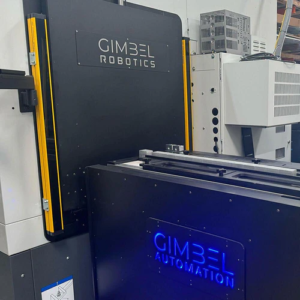
What Are the Benefits of Using Smart Lighting in Your Home?
Smart lighting systems are revolutionizing how we illuminate and interact with our living spaces. From enhancing convenience to improving energy efficiency, these technologies offer a range of benefits that can transform your home environment. In this comprehensive guide, we delve into the advantages of integrating Smart lighting for home setup, exploring how these systems work and why they are worth considering.
Understanding Smart Lighting Systems
What is Smart Lighting?
Smart lighting refers to lighting systems that are connected to a network and can be controlled remotely using a smartphone, voice commands, or automated settings.
Components of Smart Lighting
- Smart Bulbs: LED bulbs with built-in Wi-Fi or Bluetooth connectivity.
- Smart Switches and Dimmers: Devices that control the power and brightness of connected lights.
- Centralized Controllers: Hubs or bridges that coordinate communication between smart lights and user devices.
Benefits of Using Smart Lighting
1. Enhanced Convenience and Control
Smart lighting allows for effortless control over your home lighting from anywhere, providing convenience and flexibility.
Remote Access
- Control via Smartphone: Adjust lights remotely using dedicated apps.
- Voice Control: Use voice assistants like Alexa or Google Assistant for hands-free operation.
2. Energy Efficiency and Cost Savings
Smart lighting systems are designed to optimize energy use, potentially lowering utility bills and reducing environmental impact.
Automated Lighting Schedules

- Scheduled Lighting: Set timers or schedules to turn lights on and off automatically.
- Motion Sensors: Lights activate only when motion is detected, saving energy when rooms are unoccupied.
3. Customizable Lighting Ambiance
Tailor your home’s lighting to suit different moods and activities with customizable settings.
Color Temperature Control
- Adjustable Colors: Change the color temperature from warm to cool hues to match different settings or times of day.
- Dimming Capabilities: Dim lights for movie nights or enhance brightness for reading or working.
4. Improved Security and Safety
Smart lighting can enhance home security by simulating occupancy and integrating with other security systems.
Motion-Activated Lights
- Deter Intruders: Motion sensors can trigger lights, giving the impression that someone is home.
- Pathway Illumination: Automatically light pathways or stairs to prevent accidents.
Practical Considerations for Installing Smart Lighting
Compatibility and Integration
Ensure that your chosen smart lighting system integrates seamlessly with other smart devices and platforms in your home.
Platform Compatibility
- Smart Home Integration: Check compatibility with systems like Apple HomeKit, Amazon Alexa, or Google Home.
- Scalability: Choose a system that allows for expansion and addition of new devices or features.
Installation and Setup
Setting up smart lighting systems may require some technical know-how, depending on the complexity of your chosen system.
DIY vs. Professional Installation
- Ease of Installation: Some systems are designed for easy DIY setup, while others may require professional installation.
- Guided Setup: Follow manufacturer instructions or online tutorials for step-by-step guidance.
Conclusion
Incorporating smart lighting into your home offers a myriad of benefits beyond traditional lighting solutions. From convenience and energy efficiency to customization and enhanced security, these systems can significantly improve your living experience. When considering smart lighting options, assess your needs, budget, and desired features to choose a system that aligns with your lifestyle and home setup. By embracing smart technology, you not only modernize your home but also create a more comfortable, efficient, and secure environment for you and your family.
Note:- For read more articles visit on liveblogaus.


